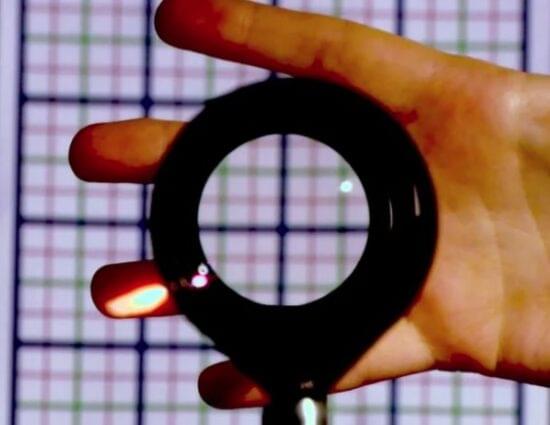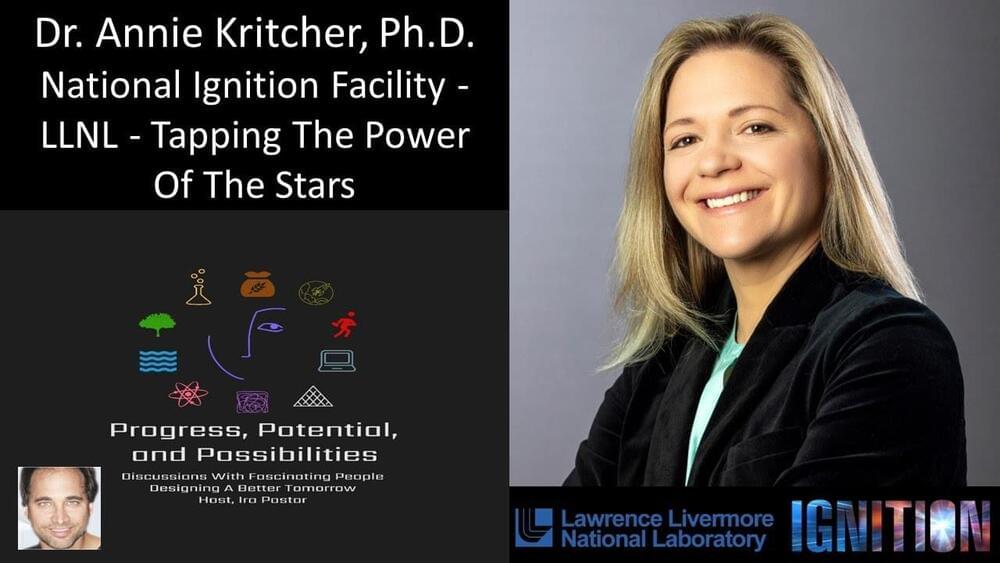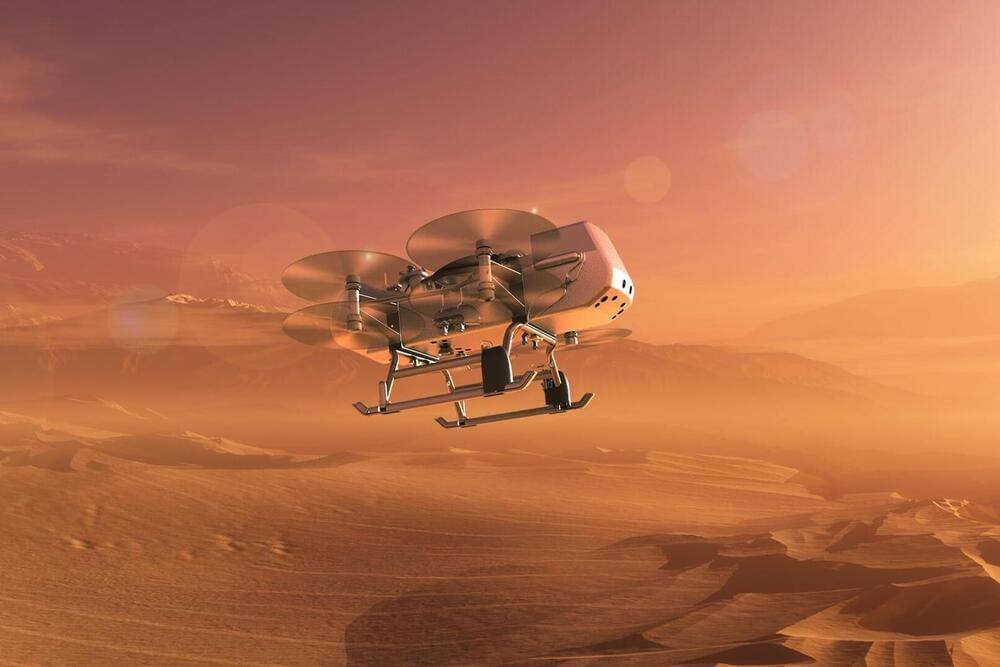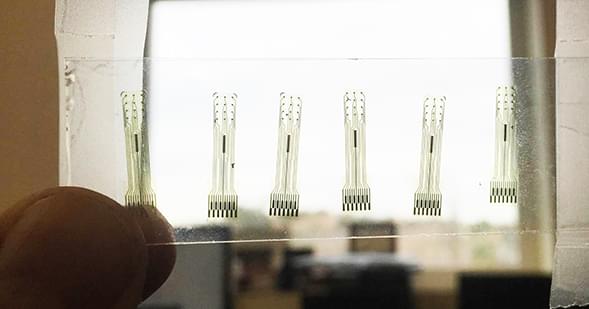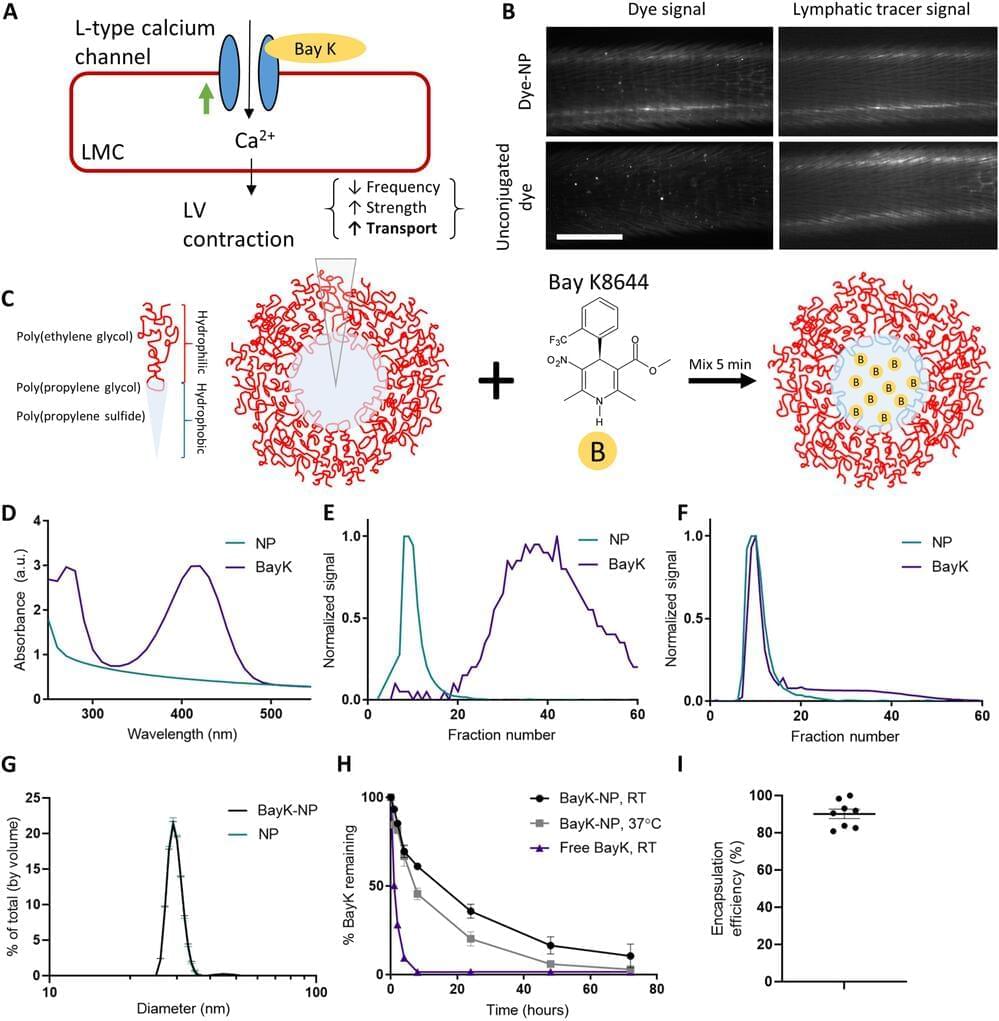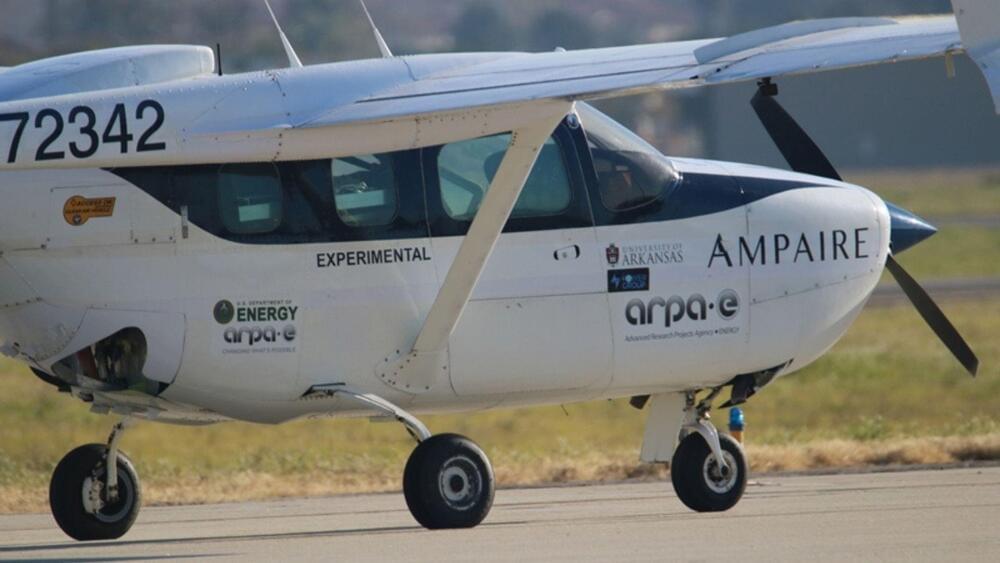Apr 1, 2023
The Pursuit Of Better Camouflage Could Lead To An Invisibility Cloak
Posted by 21st Century Tech Blog in categories: engineering, quantum physics
The invisibility cloak that Harry Potter wears in J. K. Rowling’s books is woven from the hair of a magical creature. But in the real world, the magic of invisibility is not dependent on fantasy, but rather on science and engineering.
Then there is quantum stealth technology that uses colouration patterns to hide objects in plain sight.
There are even camouflage technologies that make something as large as a tank appear to be local foliage, absorbing the characteristics of the organic and inorganic materials found on a battlefield.
Continue reading “The Pursuit Of Better Camouflage Could Lead To An Invisibility Cloak” »
